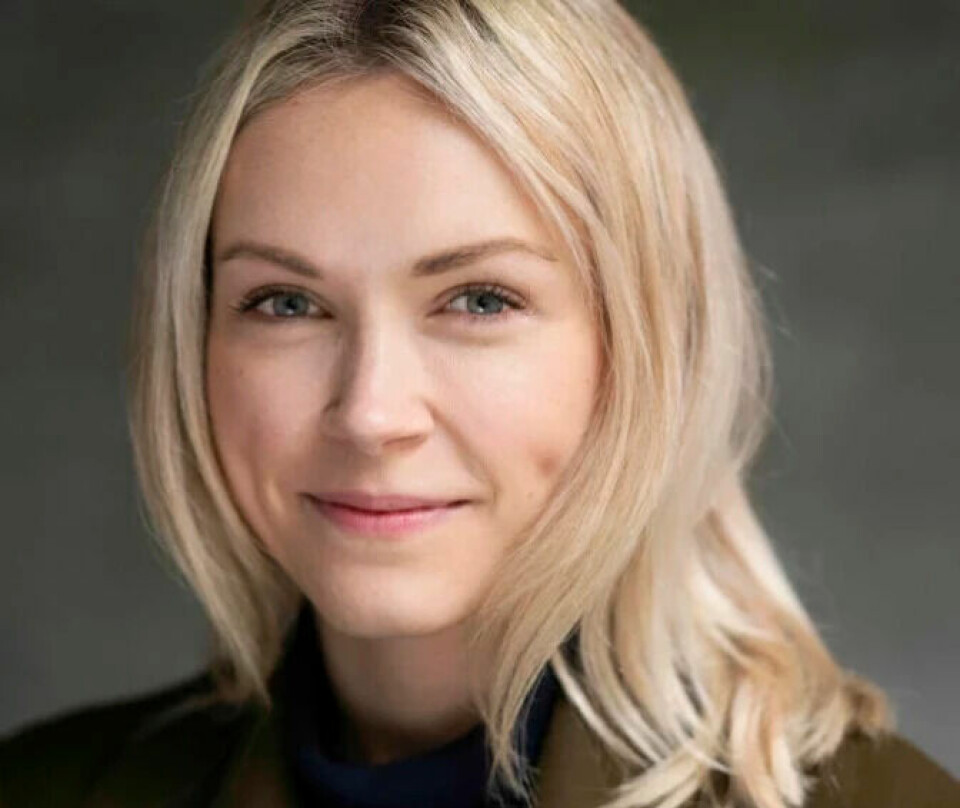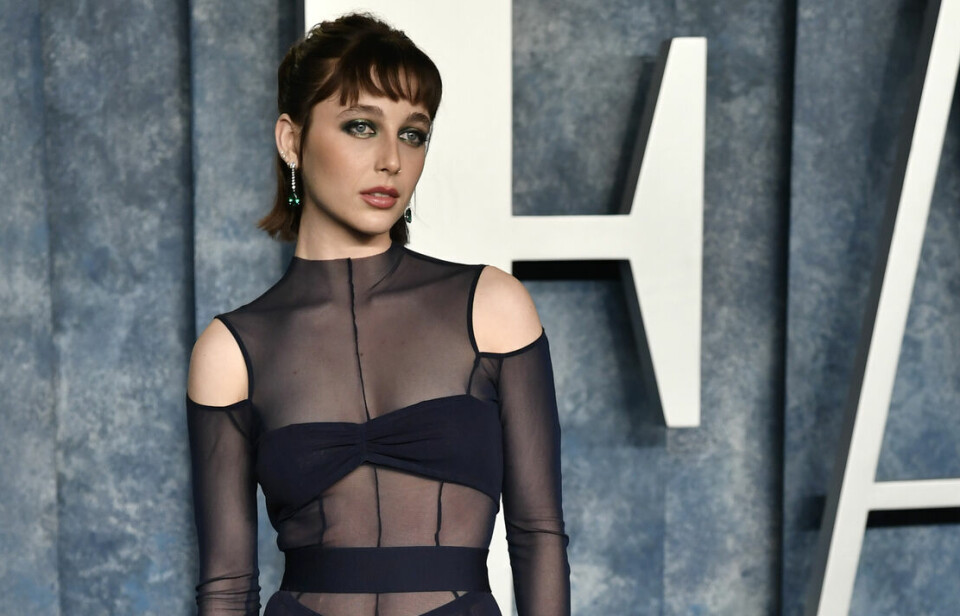
Many young people think there is too much advertisement on social media
45 per cent of the posts from the most popular influencers were advertisements.
Nine out of ten children and youth between the ages of 9 and 18 in Norway are on social media. Half of those who are 9 years old have social media accounts.
The Norwegian Media Authority analysed the most popular influencers that Norwegian youths follow. They found that 45 per cent of all the posts they saw were advertisements. One in three posts were about tobacco, alcohol, body image, or violence.
The Norwegian Media Authority also found that only 2 per cent of the posts were about current events.

“Influencer advertising differs from more traditional forms of advertising in several ways. Firstly, influencer advertising is often more tailored to the recipient,” Kamilla Knutsen Steinnes tells sciencenorway.no.
Steinnes is currently doing her PhD on the digital everyday lives of children and youth at OsloMet.
She also says that influencer advertising has a more personal touch because the influencer is an individual person rather than a large, faceless corporation.
Even so, young people themselves think they are getting too much advertising. According to the Norwegian Media Authority, as many as 7 out of 10 young people who use social media think they receive too much advertising.
We are all different, including influencers
The Norwegian Media Authority analysed 12 foreign and 10 Norwegian influencers, for a total of 812 posts.
The influencers have a combined total of 704 million followers on YouTube and TikTok.
It turns out that boys between the ages of 9 and 18 only follow male influencers, while girls follow both male and female influencers.
The most popular male influencers among Norwegian children and teenagers are foreign, while most of the female influencers are Norwegian.
For the boys, gaming is the most popular category. For girls, it is vlogging.
“When it comes to the fact that boys mainly follow male influencers, it may have something to do with the fact that young people tend to follow influencers or other celebrities they can relate to or identify with. Again, this is about how influencers serve as role models for their followers,” Steinnes says.

Violence and alcohol
One in three posts from the most popular influencers among girls is about tobacco, alcohol, body image, or sexual content.
One in four posts from the most popular male influencers contains animated violence, content about alcohol, or scantily clad bodies.
“Much of this is content that can contribute to both body pressure and addiction. Children and young people are at a vulnerable age where many are unsure of themselves. As a result, they are also more easily influenced, perhaps particularly by influencers with whom they identify,” Mari Vesland, director of the Norwegian Media Authority, says in a press release.

Hidden advertisement is illegal
You may have seen when influencers mark a post as an ad.
It is mandatory in Norway to mark advertising on social media so that those who follow influencers know when they are looking at an ad.
But this is not the case in all countries.
17 per cent of the posts analysed contained hidden advertisements. For example, the influencers may wear clothes from their own brand, or that a product may be shown in a video without being marked as an ad.
“When advertising does not look like advertising, it is difficult to be critical and conscious of possible influence,” Steinnes says.
She says that many who follow influencers see them as friends. Some followers, especially young ones, describe influencers as "best friends" or "big sisters", Steinnes notes.
———
Translated by Alette Bjordal Gjellesvik.
Read the Norwegian version of this article on ung.forskning.no




































